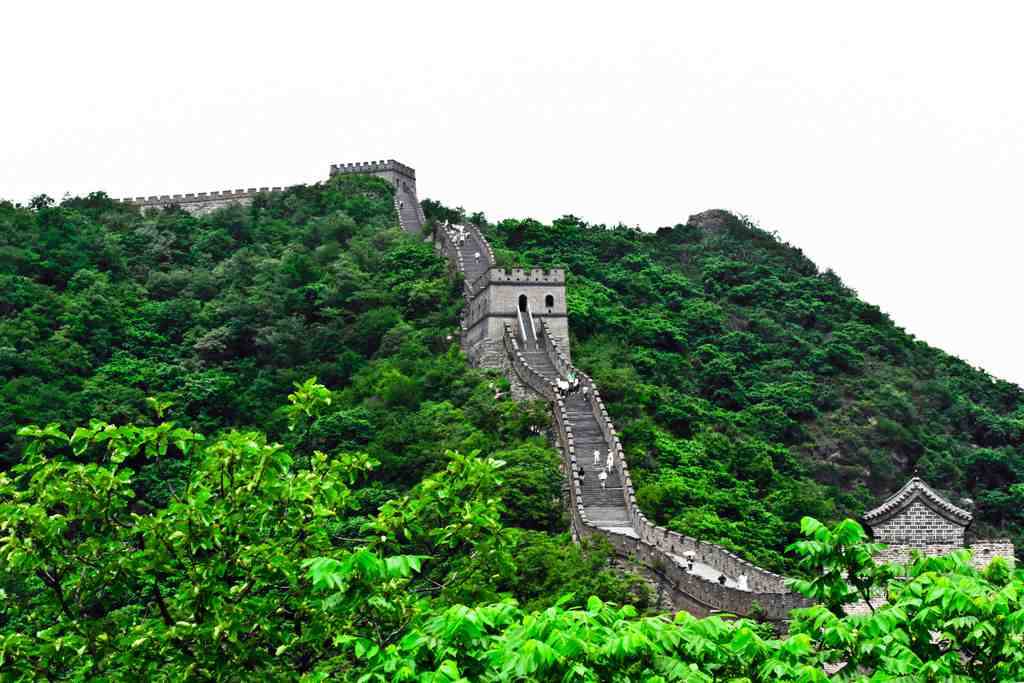A recent conversation between Giordano Lombardo, Global CIO at Pioneer Investments, and his colleague Mauro Ratto, Head of Emerging Markets, helped boil down China’s recent economic reform plan.
State-Owned Enterprises
The most awaited pro-market reform concerned the role of large state-owned enterprises (SOEs). Xi Jin Ping made clear that the government should refrain from directly affecting the markets, though retaining the ownership of key economic assets. SOE’s should resemble other Asian countries, such as Singapore, where firms operate in a truly competitive environment and try to maximize profits rather than building up a lot of capacity through oft-unproductive capital expenditure. Bottom line: even though SOEs remain, as the name shows, in state hands, increasing access of private enterprises to capital, land and energy markets should prompt SOEs to be more efficient in allocating capital or end up as losers in a new competitive environment.
Financial Sector Reform
The central bank (People’s Bank of China or POBC) is unlikely to speed up this part of the reform program, in spite of the plenum’s full commitment to change. The macroeconomic case for increasing consumers’ purchasing power due to higher interest rates on deposits looks strong, but so is the need to keep bank profit margins from shrinking, if too much sector competition was allowed too soon. Some measures are aimed at helping banks manage the transition to a more competitive market.
The issuance of negotiable certificates of deposit in local currency should enable banks to get large amounts of funds at relatively stable costs, thus containing the risks of a volatile wholesale (inter-bank) market. Another, more structural, change would let them diversify their assets out of loans and make profits less reliant on the spread between deposit and lending rates. Bottom line: top Chinese banks’ balance sheets may eventually resemble their American and European counterparts with the amount of marketable securities invested.
Social Reforms
Rural land and urban residence reform was on top of the plenum’s agenda. The main changes affect rural dwellers, who will be allowed to buy land for building residential housing or infrastructure. Any limitation left to domestic migration, which curbed rural residents’ ability to move to the cities, is to be scrapped and help speed up the transition to consumption-driven growth. Cities are the engine of China’s household-led expansion, as the urban per capita income is about three times as high as the rural one. Bottom line: the rural population will eventually be entitled to the same rights as urban residents, which will benefit overall consumer spending.

